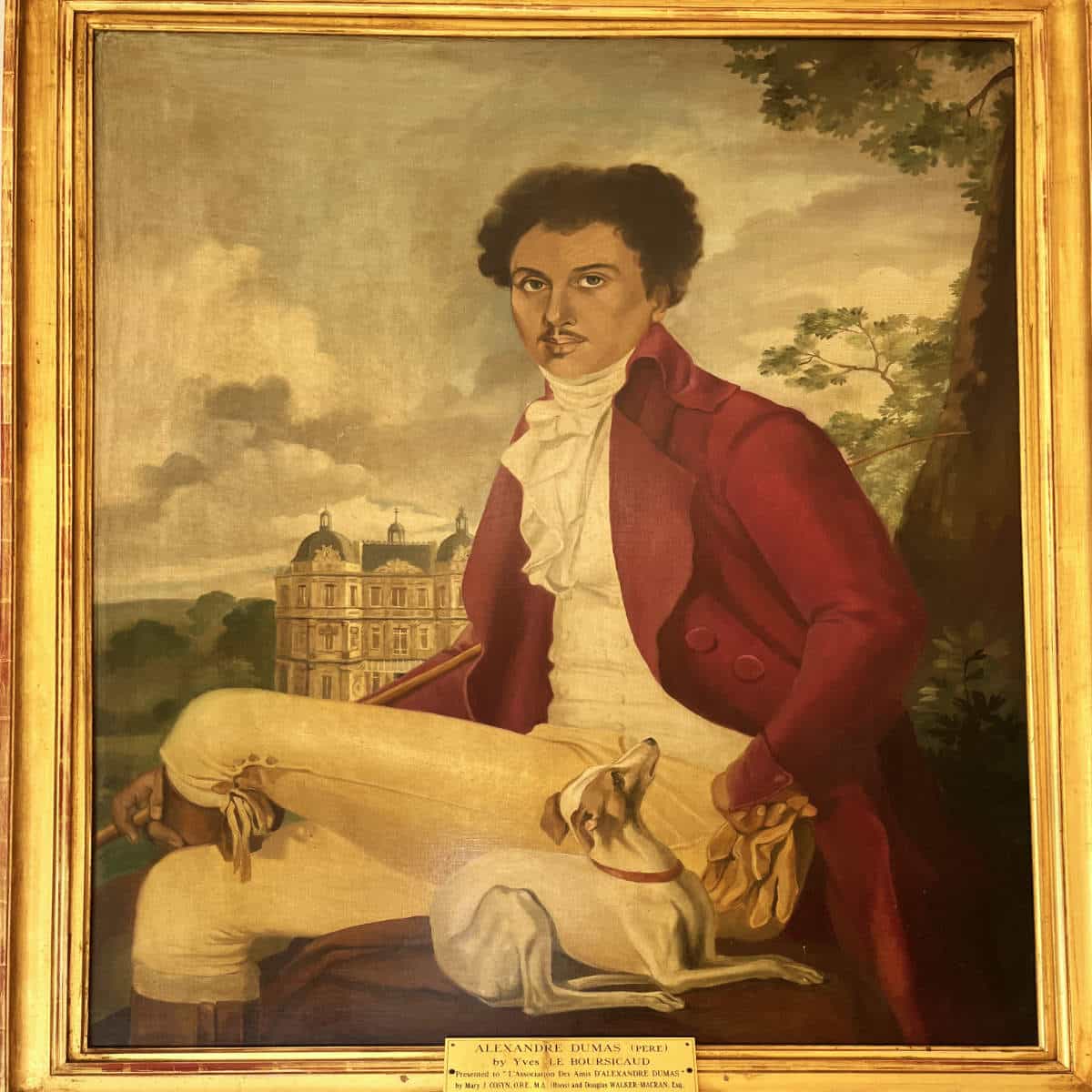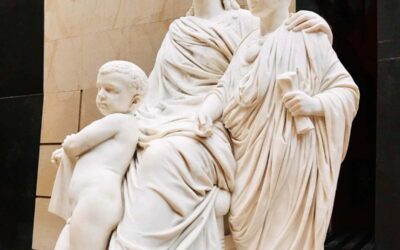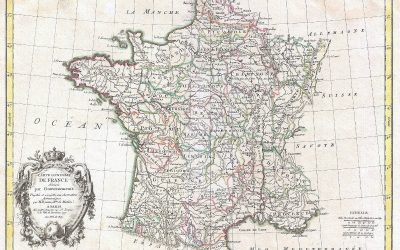When it comes to French literary rockstars, it doesn’t get much bigger than Alexandre Dumas. This is the guy who has written some of the most well-known French books in the world.
Dumas was a prolific author, writing in a variety of genres and rarely taking a holiday. There are over 500+ known works, consisting of adventure stories, romance novels, travel journals, essays, plays, fictional mysteries, and more.
But just as interesting as his works were, his personal life is perhaps just as fascinating and tragic. He was born of mixed race, with a grandfather who was a Marquis and his grandmother a slave.
It is hard to say how much his personal life translated into his famous works like 3 Musketeers, Conte of Monte Cristo, Man in the Iron Mask, the Nutcracker, etc. although many a French literature expert has tried.
What is known is that Dumas’s writings brought him fame and fortune, certainly enough to buy a fancy chateau in the outskirts of Paris. It also brought him legacy that continues to endure across generations and languages.
So let’s explore some interesting facts about the life of Alexandre Dumas, shall we? Allons-y!
1. He was born in 1802.
Alexandre Dumas was born on July 24, 1802. in Villers-Cotterêts (Aisne). His father was a famed General in the French army, Thomas Alexandre Davy de La Pailleterie and his wife Marie-Louise Élisabeth Labouret, the daughter of an innkeeper.
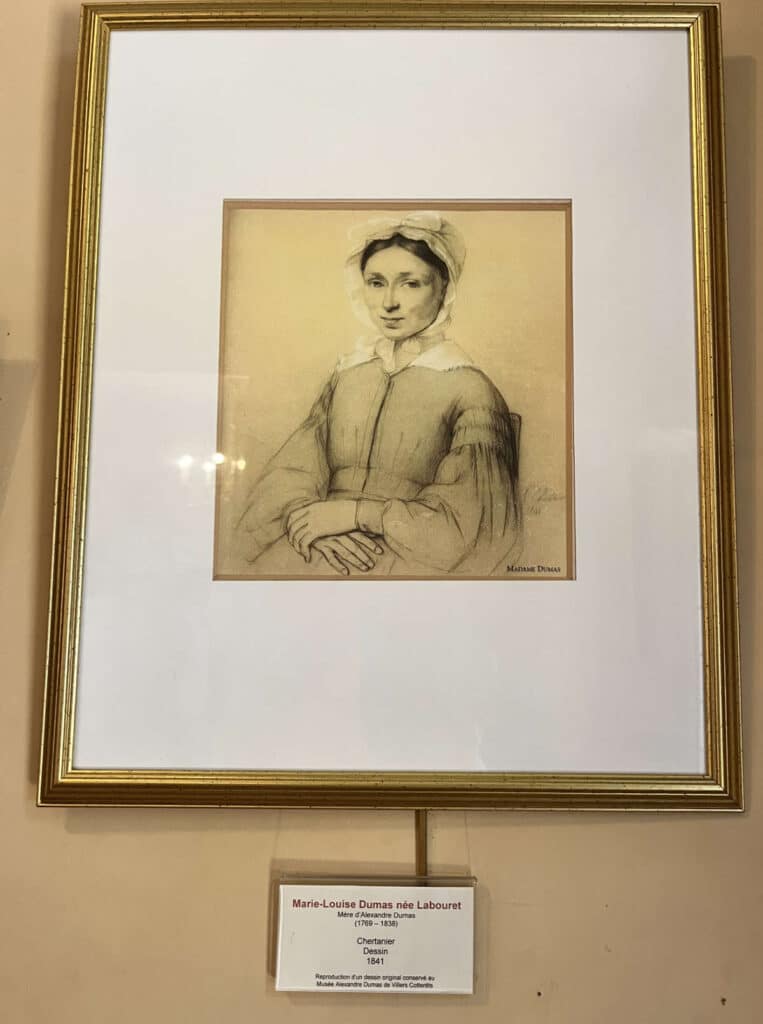
Alexandre Dumas had 2 older sisters, Marie-Alexandrine and Louise-Alexandrine (who died shortly after birth).
2. His grandfather was a Marquis and his grandmother a slave.
Alexandre Dumas’s mother came from a family of innkeepers and was rather unremarkable. His father Thomas, on the other hand, had quite a family history.
Alexandre Dumas’s father Thomas was born in the French colony of Saint-Domingue (now known as Haiti). Thomas was the mixed-race son of the Marquis Alexandre Antoine Davy de la Pailleterie, who had impregnated an African slave named Marie-Cessette Dumas.
The Marquis initially sold his slave-children to a dealer, before going back to bring 14-year-old Thomas to France to educate him. This automatically set Thomas free from slavery as it was illegal in mainland France.
Alexandre’s father Thomas grew up to join the French military. His tactics and intelligence led him to become the first person of color to become General-in-chief. Thomas even played an active part in the French Revolution of 1789.
After the Marquis died in 1876, and Thomas (Alexandre’s father) engaged in a lengthy legal battle with his step-mother (the Marquis’s wife) over the estate to free his mother and the rest of his family.
3. He grew up in poverty.
Unfortunately, Alexandre’s father Thomas died of stomach cancer on 26 February 1806 when he was only 3 years 7 months old.
As a young child, he and his sister along with his widowed mother were plunged into deep poverty as they struggled to get by on his father’s army pension.
4. He wrote historical fiction.
Alexandre Dumas’s books were historical fiction even when he wrote them. The Three Musketeers was published in 1844 and takes place in the 17th century, during the rein of King Louis XIII and later King Louis XIV.
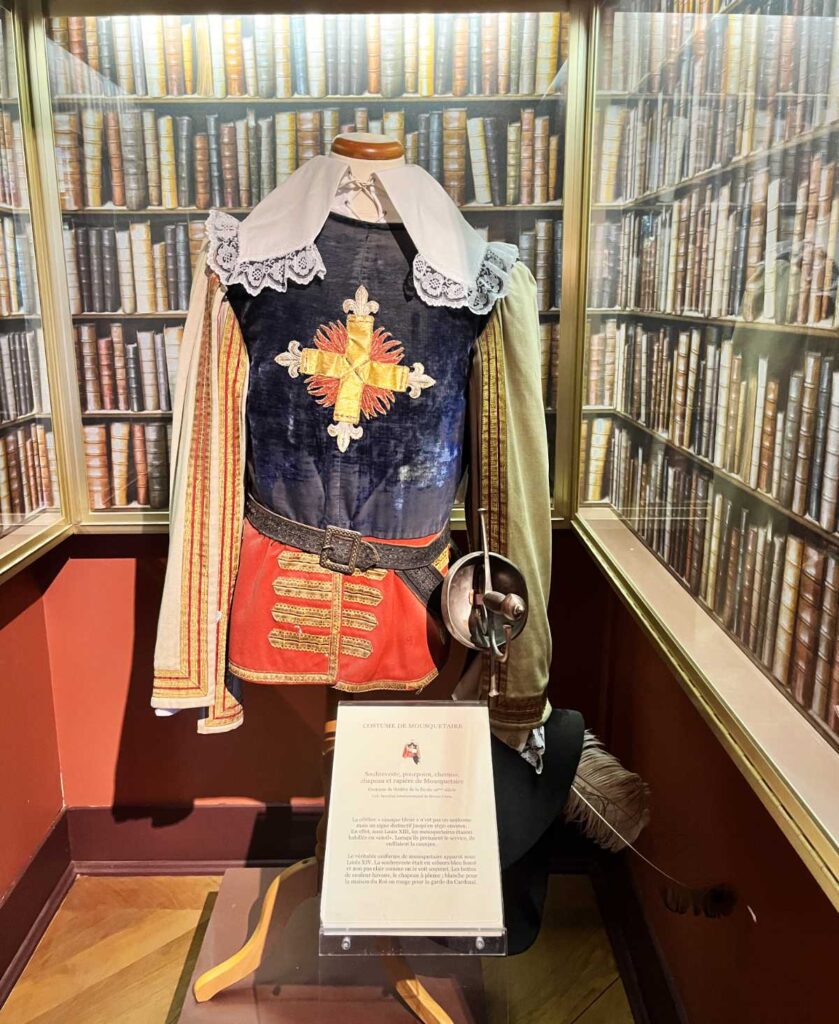
Other top titles written by Alexandre Dumas include:
- “Twenty Years After” (Vingt ans après) – a sequel to “The Three Musketeers”
- “The Count of Monte Cristo” (Le Comte de Monte-Cristo) -the tale of Edmond Dantès, a young man who seeks revenge against those who wronged him.
- “The Man in the Iron Mask” (Le Vicomte de Bragelonne) – the mystery of a prisoner in an iron mask and the political intrigues of the time.
- “Queen Margot” (La Reine Margot) – A historical novel set during the French Wars of Religion, featuring French Queen Marguerite de Valois.
- “The Black Tulip” (La Tulipe noire) – political intrigue and tulipmania in Netherlands
- “The Corsican Brothers” (Les Frères corses) – A tale of twins separated at birth.
- “Joseph Balsamo” (Le Collier de la Reine) – The first novel in the Marie Antoinette romances series, centered around the infamous affair of the diamond necklace.
5. He took his grandmother’s name ‘Dumas’, rather than ‘de la Pailleterie’.
Although legally he was named Dumas Davy de la Pailleterie, the family name of the aristorcratic Marquis, the author preferred not to use that name.
As an adult, Alexandre Dumas used his slave grandmother’s surname of Dumas just as his father Thomas had done, rather than the Marquis’s surname.
6. He suffered discrimination due to his mixed lineage.
Despite changing his name, Dumas’s aristocratic links and background was well-known at the time as his father had been a renowned general. In addition, Alexandre’s books were quite a success making him a legend during his lifetime.
Despite his success, he had to deal with quite a lot of discrimination related to his mixed-race ancestry. In 1843, Dumas wrote a short novel called Georges that addresses issues of race and colonialism.
Caricatures and insults were common. During a particular incident that was recorded, a man insulted him about his African ancestry and Dumas famously responded:
“My father was a mulatto, my grandfather was a Negro, and my great-grandfather a monkey. You see, Sir, my family starts where yours ends.”
Alexandre Dumas
7. He had many mistresses and married an actress named Ida Ferrier.
Dumas was famous for his many mistresses, numbering around 40 of them throughout his lifetime. He did marry once, marrying actress Ida Ferrier (born Marguerite-Joséphine Ferrand) on 1 February 1840.
8. He had 4 illegitimate children.
With his many mistresses, he did have at least 4 illegitimate children that he was aware of.
It is the eldest that would be the most famous, his namesake Alexandre Dumas, fils born in 1824 to Marie-Laure-Catherine Labay, a dressmaker. Other children included:
- Marie-Alexandrine Dumas (born 1831), the daughter of Belle Krelsamer.
- Micaëlla-Clélie-Josepha-Élisabeth Cordier (born 1860), the daughter of Emélie Cordier.
- Henri Bauer (born 1851), the unacknowledged son of a woman whose surname was Bauer. Henri Bauer would become a famous theatre critic.
9. He wrote about Marseille’s Château d’If a few times.
The famous Château d’If island, just off of the city of Marseille, makes a number of guest appearances in Dumas’s novels. He liked it so much, he built a special writing studio for himself and called it Château d’If.

One of Alexandre Dumas’s most famous novels is the Count of Monte Cristo centers on a 19-year-old man who is wrongfully imprisoned for treason in the Château d’If, escapes from jail to acquire a fortune, and sets about exacting revenge.
The story takes place after Napoleon Bonaparte left his first island of exile, Elba, beginning the Hundred Days period when Napoleon returned to power.
Château d’If is also featured in Dumas’s Man in the Iron Mask which is a sequel to the 3 Musketeers. In it, the celebrated foursome of D’Artagnan, Athos, Porthos and Aramis, are in a power struggle that may undermine the young Sun King Louis XIV.
With a mysterious prisoner being held, and the Queen Mother seemingly holding the key to a scandalous secret, it becomes a final send-off to the Musketeers epic adventure.
10. He was part of a club to take drugs.
Along with French writers and poets like Victor Hugo, Honoré de Balzac, Charles Baudelaire, Gérard de Nerval, and artists like Eugène Delacroix, Dumas was a member of the “Club des Hashischins“.
It was a club in Paris that met monthly to take hashish. Dumas’s The Count of Monte Cristo contains several references to taking drugs.
11. He was awarded the Légion d’honnor in 1837.
Dumas was made the Knight of the French Legion of Honor on 2 July 1837. This was actually before he had written two of his most famous novels, the Three Musketeers and the Count de Monte Cristo.
12. He constructed the Château de Monte Cristo outside Paris.
The immense success of the Three Musketeers and the Count de Monte Cristo (both of which were serialized starting in 1844) gave Dumas plenty of funds to pay off his debts.
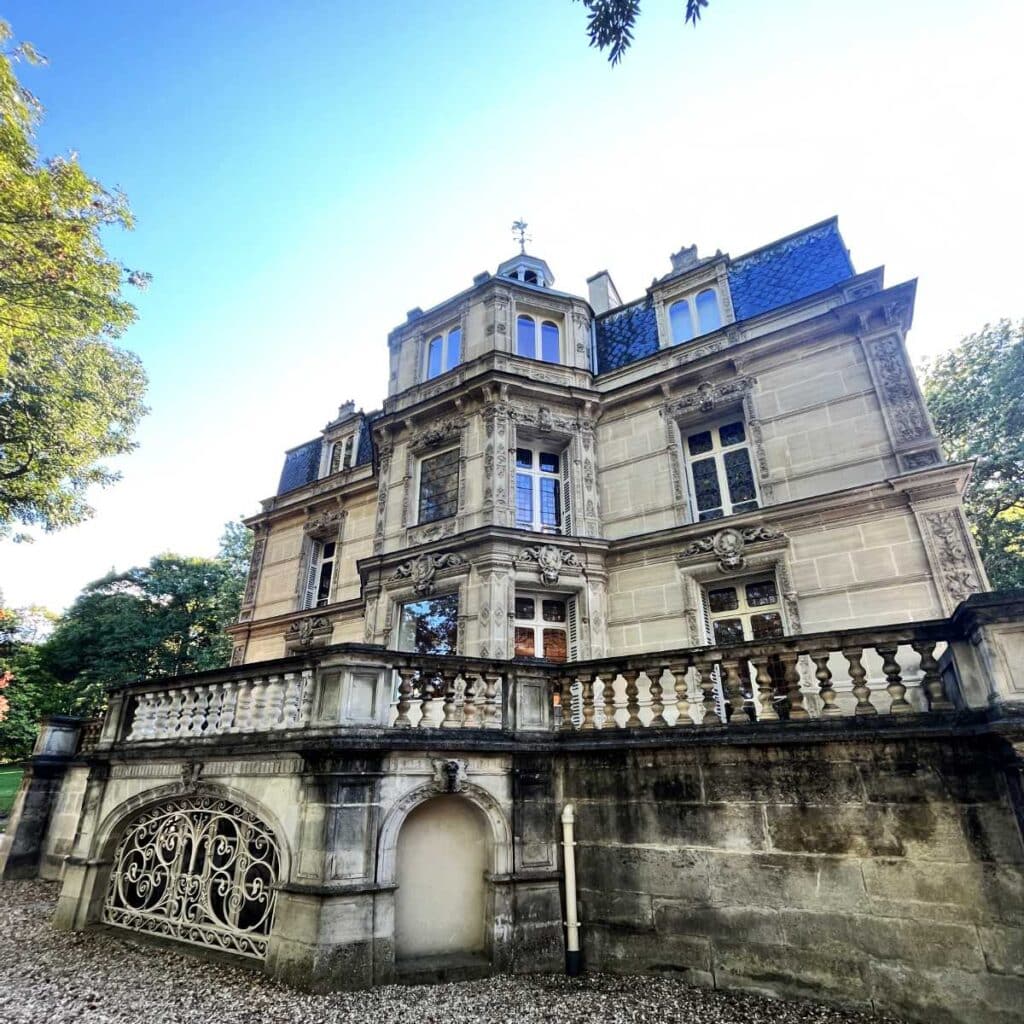
He started looking for a house in the countryside, and fell in love with the area of Port Marly, near the historical Saint-Germain-en-Laye area outside of Paris.
Upon finding a hillside with a beautiful view, Dumas had a large château constructed to his tastes. He named it the Château de Monte Cristo after his successful novel.

13. A Paris metro station is named after him.
A metro station in Paris is named after Alexandre Dumas, located on line 2 near Place de la Nation. There are also a couple of statues of him in Paris and in his place of birth, Villers-Cotterêts.
14. He wrote romance novels about the Royal House of Valois.
One of Alexandre Dumas’s famous books was 7 romance novels about the the Valois royals. Valois was the royal house of France from 1328 to 1589, and among Dumas’s most famous novel is “La Reine Margot“.
The books is about Marguerite of France, the daughter of King Henri II and Queen Catherine de Medici, who is the antagonist in the book. Catherine forces her to marry the future the Henri IV, leading to much turmoil. Dumas later wrote four more novels that cover this era, including about François (Francis) I.
15. The Nutcracker ballet is based upon his adaption.
The original story was written in German and called “The Nutcracker and the Mouse King”. It was written in 1816 by Prussian author E. T. A. Hoffmann, in which a young girl’s favorite Christmas toy, the Nutcracker comes alive to defeat the evil Mouse King in battle.
Alexandre Dumas adapted the story in French to “Histoire d’un casse-noisette” published in 1844. It is based on this version that the legendary Russian composer Tchaikovsky adapted the story into the ballet The Nutcracker.
16. His fictionalized serials about Marie-Antoinette were very popular.
Alexandre Dumas’s work was meant to entertain, and so he wrote about famous figures. He wrote 8 romance novels about Queen Marie-Antoinette, who had died 50 years earlier before his novels were published.
Excerpts of these short stories were serialized in newspapers of the time in the mid-19th century.

The most famous of these was “Le Collier de la reine“, or the “Necklace of the Queen”, which was a real life fraud scandal that ensnared Marie-Antoinette, and one of the causes of her downfall.
17. He went into exile in Brussels.
Even though Alexandre Dumas was earning a lot of money, he also had a rather extravagant lifestyle. The revolution of 1848 when the French monarchy ended, brought his finances to its knees.
On February 10, 1848, the tribunal of the Seine ordered the sale of the Château de Monte-Cristo to pay the alimony and 120,000 francs in spousal support to his estranged-wife Ida Dumas.
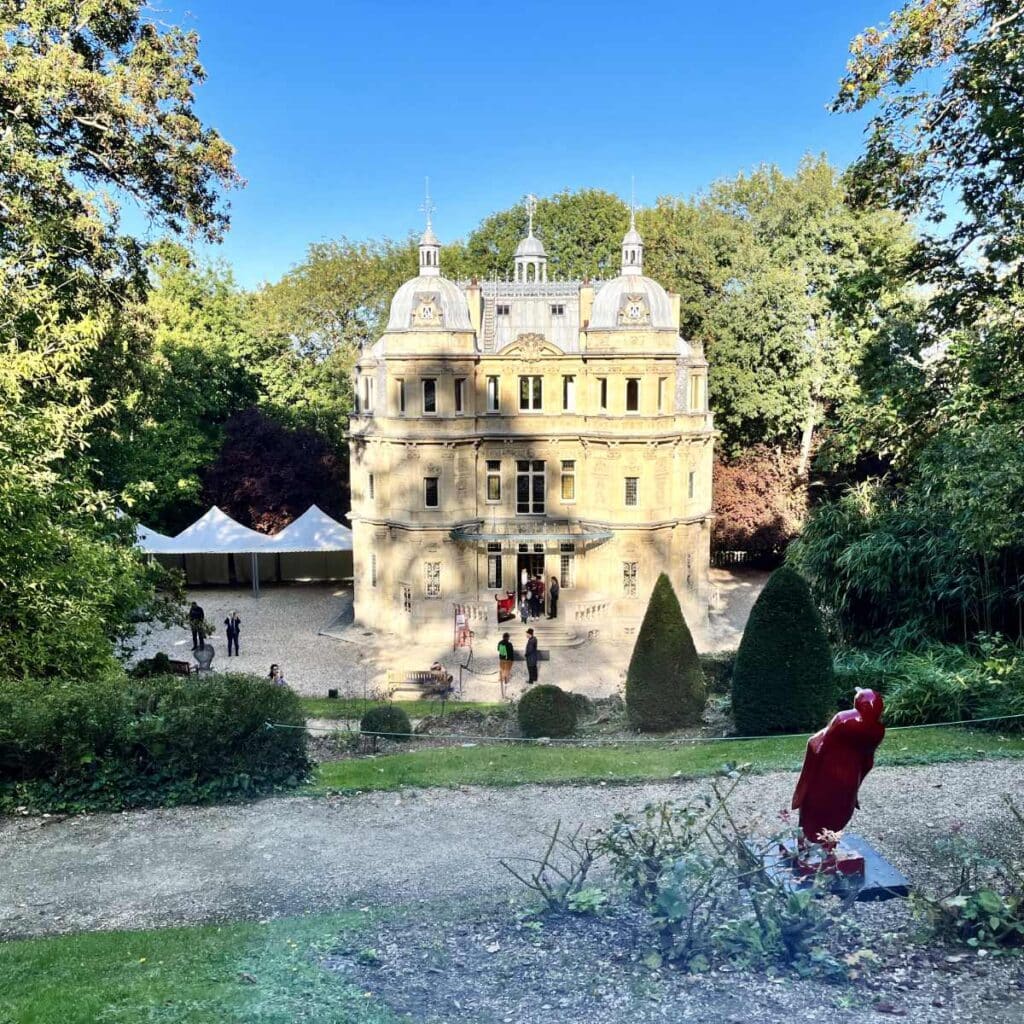
In 1851, threatened with bankruptcy, Dumas went into exile in Brussels with Victor Hugo, to protest against the coup d’état of Napoleon III who declared himself Emperor.
Dumas eventually returned to Paris, and continued to live at Château de Monte Cristo, which had been purchased by a benefactor also named Dumas.
18. He died at the age of 68.
Alexandre Dumas died at the age of 68 in 1870 of natural causes. It was the start of the Franco-Prussian war, so he perhaps did not get the grand funeral at the time that his fame warranted. He was buried at his birthplace of Villers-Cotterêts in the department of Aisne.
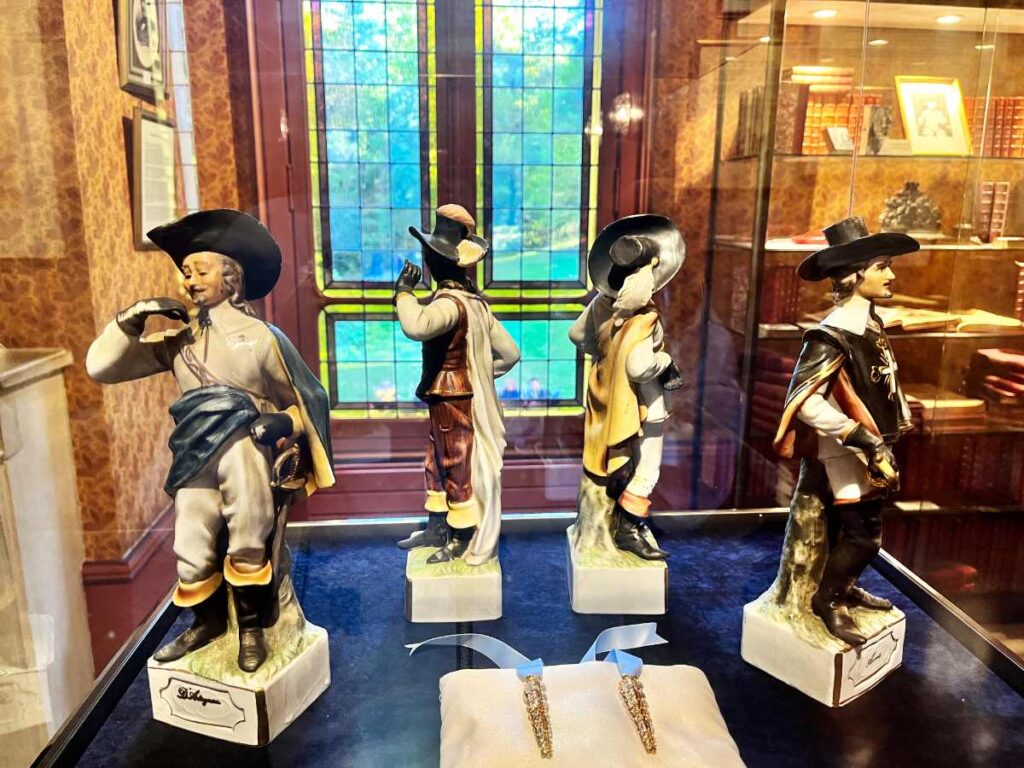
19. His son Alexandre Dumas fils became a successful writer as well.
Alexandre Dumas is often referred to as “le père” meaning “the father” because his son and namesake also became a famous writer.
Alexandre Dumas “le fils” meaning “the son”, was a French author and playwright, best known for the romantic novel La Dame aux Camélias (The Lady of the Camellias) published in 1848.
The story was later adapted into Giuseppe Verdi’s 1853 opera La traviata and English stage and film productions called titled “Camille“. Dumas fils was awarded the Légion d’honneur (Legion of Honour) in 1894, in his own right.
20. He was buried in the Pantheon on the 200th anniversary of his birth.
On the 200th anniversary of his birth in 2002, Alexandre Dumas’s remains were moved to the Pantheon, to lie among the other French greats. His good friend, writer and politician Victor Hugo is nearby.

If you enjoyed that article, you may like to read more facts about French culture. A bientôt!
